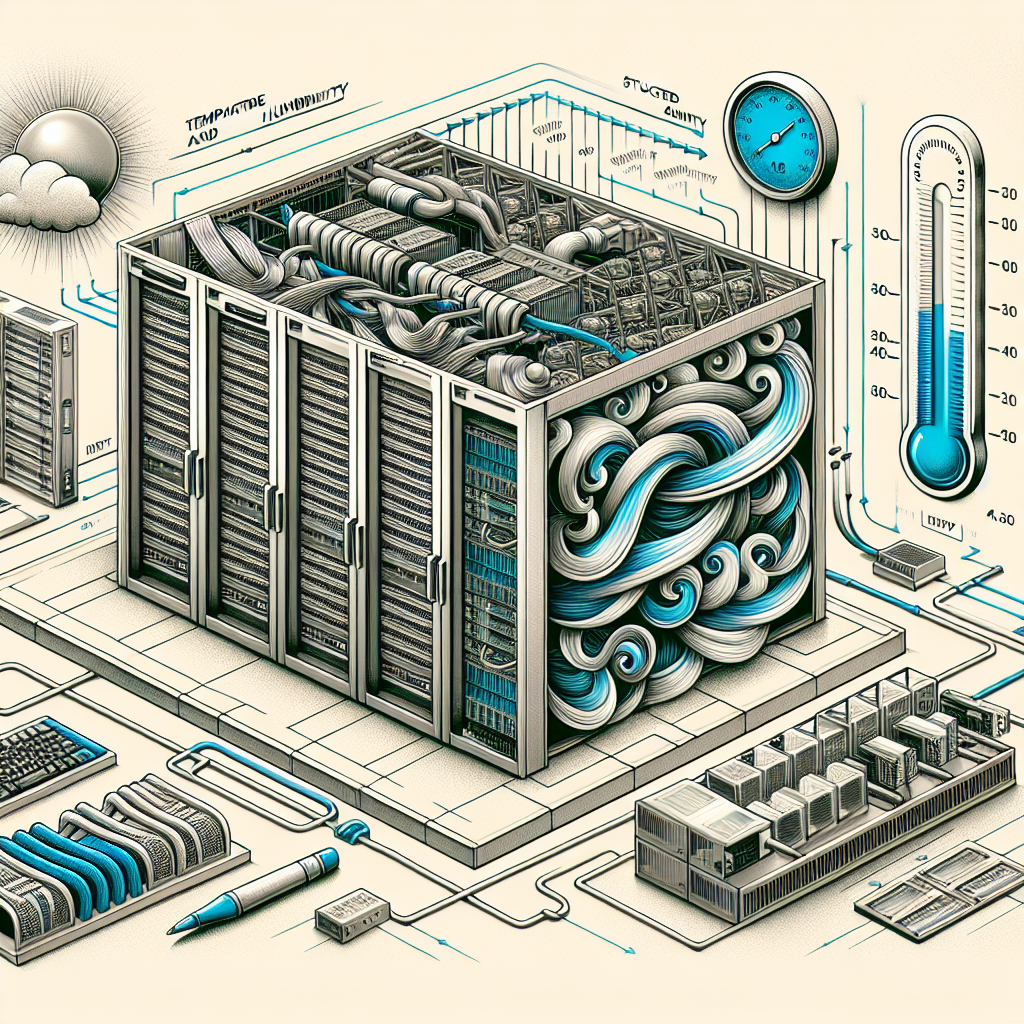Your cart is currently empty!
Best Practices for Managing Temperature and Humidity in Data Center HVAC

Data centers are critical in today’s digital age, housing the servers and networking equipment that power our online world. However, these data centers generate a significant amount of heat, which can lead to equipment failure and downtime if not properly managed. One of the key factors in maintaining a stable and efficient data center environment is managing temperature and humidity levels through an effective HVAC system. Here are some best practices for managing temperature and humidity in data center HVAC systems.
1. Design for Efficiency: When designing a data center HVAC system, it is important to consider efficiency from the start. This includes selecting energy-efficient equipment, such as high-efficiency chillers and variable frequency drives, as well as optimizing airflow and cooling distribution to minimize energy consumption.
2. Monitor and Control: Monitoring temperature and humidity levels in the data center is crucial for maintaining a stable environment. Implementing a data center infrastructure management (DCIM) system can help track and control HVAC settings, as well as provide real-time alerts for any deviations from optimal conditions.
3. Hot and Cold Aisle Containment: Hot and cold aisle containment is a popular strategy for managing airflow in data centers. By separating hot and cold air streams, this approach can improve cooling efficiency and reduce energy consumption. Consider implementing hot aisle containment systems with properly sealed doors and panels to prevent air leakage.
4. Use Economizers: Economizers are a cost-effective way to improve energy efficiency in data center HVAC systems. By utilizing outside air for cooling when ambient temperatures are low, economizers can reduce the load on mechanical cooling systems and save on energy costs.
5. Regular Maintenance: Regular maintenance of HVAC equipment is essential for optimal performance and longevity. This includes cleaning filters, coils, and ductwork, as well as checking for leaks and ensuring proper airflow. Schedule routine inspections and tune-ups to identify and address any issues before they escalate.
6. Consider Redundancy: Redundancy is critical in data center HVAC systems to ensure uninterrupted operation in the event of equipment failure. Implementing redundant cooling systems, such as backup chillers or cooling towers, can provide a fail-safe solution to prevent downtime and protect valuable equipment.
By following these best practices for managing temperature and humidity in data center HVAC systems, operators can ensure a stable and efficient environment for their critical infrastructure. Investing in energy-efficient equipment, monitoring and controlling HVAC settings, implementing aisle containment strategies, using economizers, maintaining equipment, and incorporating redundancy measures can all contribute to a reliable and sustainable data center environment.

Leave a Reply